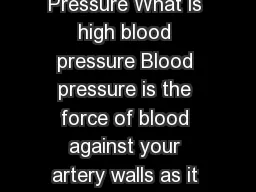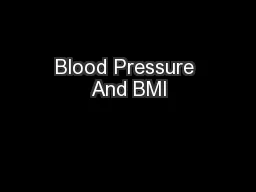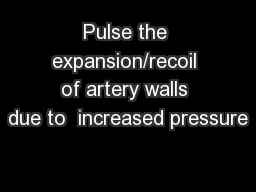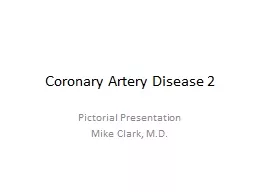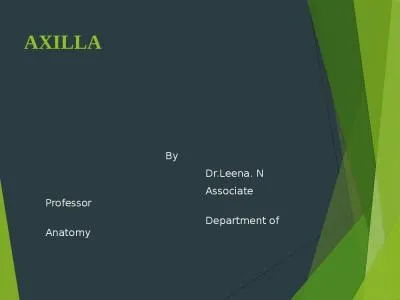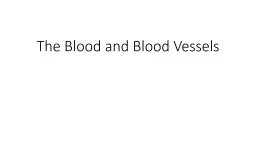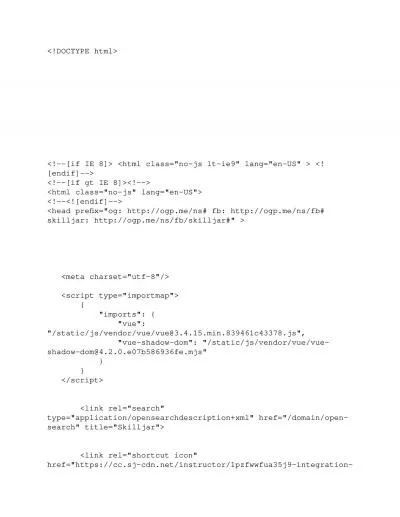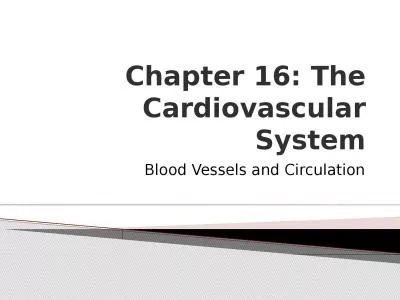PDF-KNOW THE FACTS ABOUT High Blood Pressure What is high blood pressure Blood pressure is
Author : trish-goza | Published Date : 2014-10-27
Blood pressure normally rises and falls throughout the day but it can cause health problems if it stays high for a long time High blood pressure can lead to heart
Presentation Embed Code
Download Presentation
Download Presentation The PPT/PDF document "KNOW THE FACTS ABOUT High Blood Pressure..." is the property of its rightful owner. Permission is granted to download and print the materials on this website for personal, non-commercial use only, and to display it on your personal computer provided you do not modify the materials and that you retain all copyright notices contained in the materials. By downloading content from our website, you accept the terms of this agreement.
KNOW THE FACTS ABOUT High Blood Pressure What is high blood pressure Blood pressure is: Transcript
Download Rules Of Document
"KNOW THE FACTS ABOUT High Blood Pressure What is high blood pressure Blood pressure is"The content belongs to its owner. You may download and print it for personal use, without modification, and keep all copyright notices. By downloading, you agree to these terms.
Related Documents

